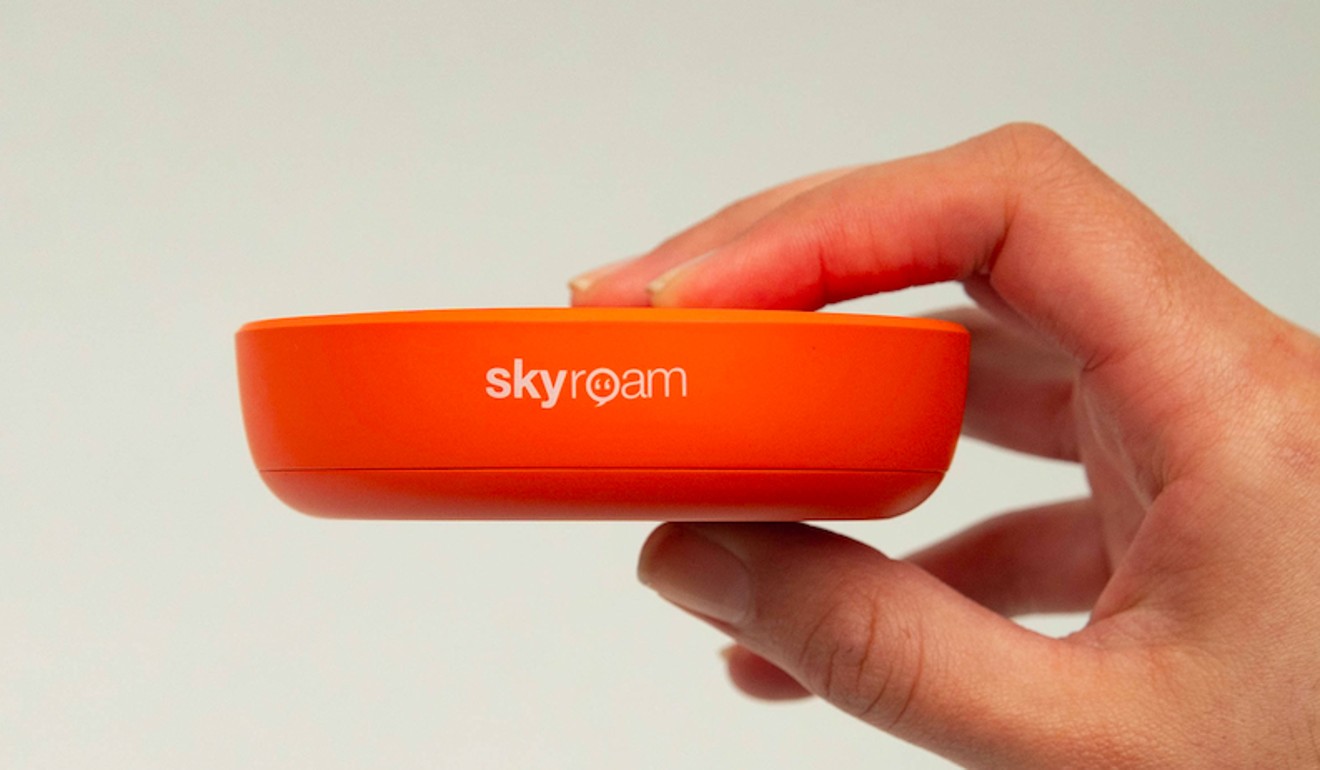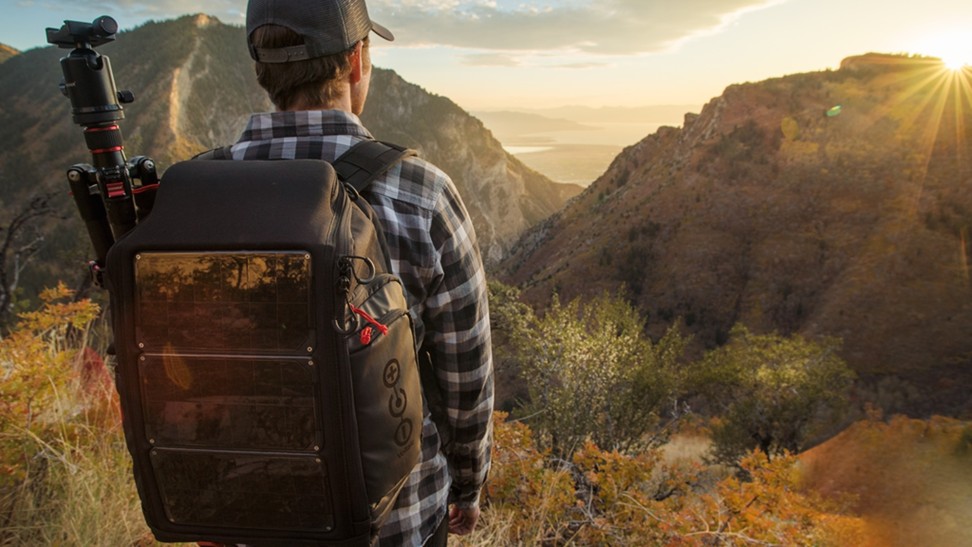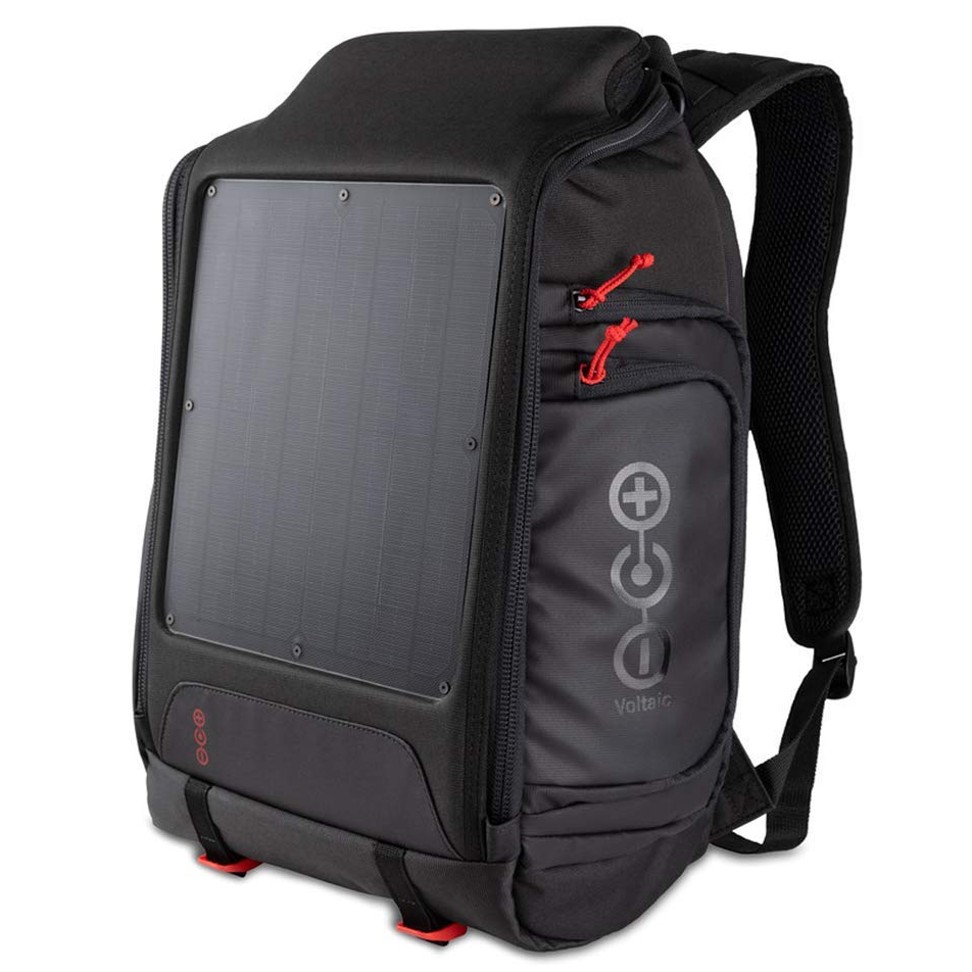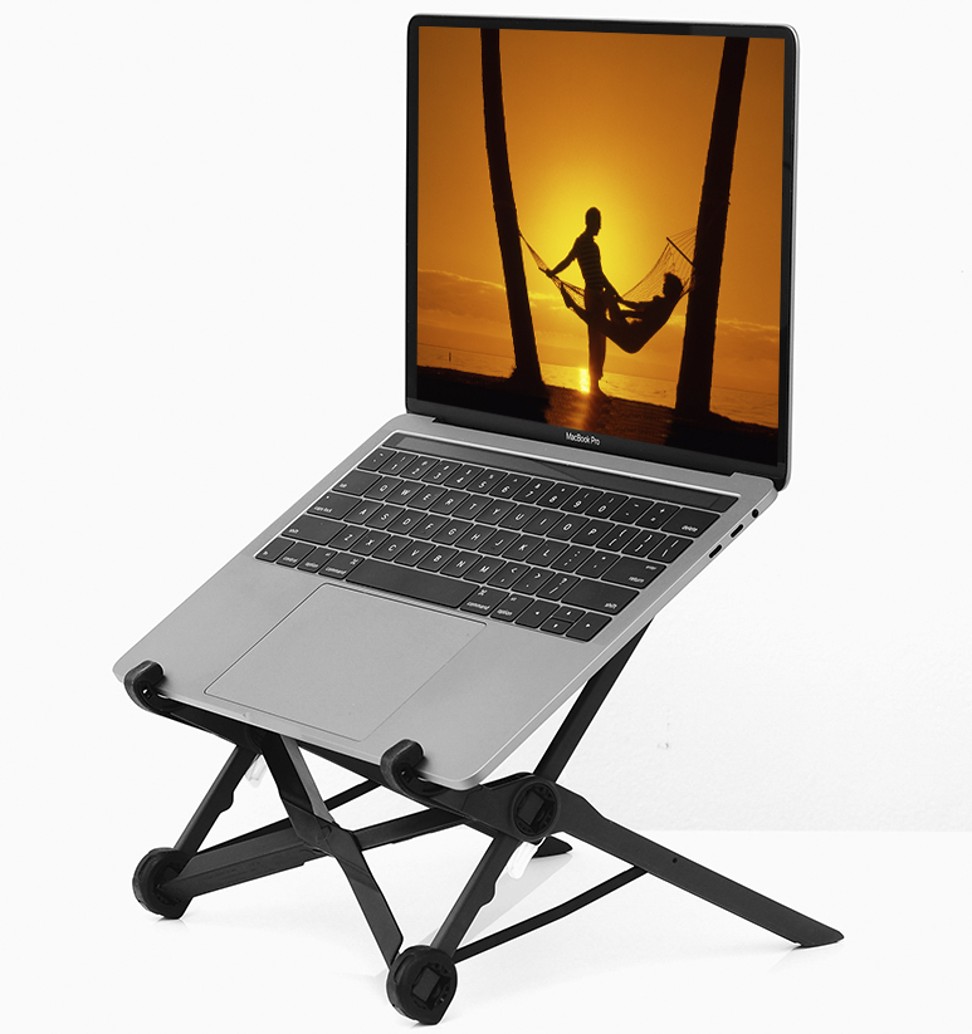
Travel tech for digital nomads: from mobile Wi-fi and fast chargers to solar-powered backpacks
- People living and working remotely need reliability, security and affordability from their gadgets to be successful
- Here is a shopping list of the latest and essential appliances to have

Living and working remotely can be inspiring. For Meredith Valentine, who spent two years living and working as a digital nomad, the constant rush of new people and places fired her creativity.
“I was working for Johnson & Johnson and my job meant moving around a lot. I loved the flexibility and felt inspired in a way I don’t think you get from going to the same office with the same people every day,” says Valentine, director of global marketing at Skyroam, a Silicon Valley start-up that creates mobile Wi-fi hotspot devices.
These days Valentine is based in San Francisco, but she has not forgotten her footloose days. “The biggest thing for digital nomads is reliability – there’s nothing worse than getting to a new destination, get all set to upload a creative presentation or whatever and suddenly the Wi-fi does not work,” she says.
Aside from guaranteed Wi-fi, other key priorities for those living and working on the hoof are security, affordability and sharing.

“Digital nomads are all about sharing – they want to share their adventure the whole way, whether it’s via blogs or Instagram accounts,” says Valentine.
Skyroam’s most recent launch, the Solis X Wi-fi smartspot, aims to meet all these demands. The pocket-sized orange device combines global 4G LTE Wi-fi with a remote camera, power bank and integrated smart assistant to allow users to simultaneously see, listen, speak and connect from anywhere on the map.


In line with the nomad spirit, Skyroam does not tie users down to fixed contracts or charge cancellation fees, with options to work on a pay-as-you-go basis or a monthly subscription.
“There’s an island on the northern tip of Canada, near the Arctic Circle, in Nunavut. There are only 40 people living there, an Inuit tribe, and Skyroam is the only device they say that can get them connected,” says Valentine.
Skyroam claims 15 million users since it launched in 2015, most aged between 25 and 35. “They may have done a few years of standard work and then find an opportunity to break from the nine-to-five sedentary lifestyle and have this unique opportunity which shapes many of their lives,” says Valentine.
“Digital nomads want to explore places that are foreign to them, for a year or a month, go to places that they assume they will not get to go to again. It’s very much a global phenomenon.”


Other tech gadgets are designed to keep pace with this transient tribe. Battery power can be a massive issue when working in remote places, for example. There are a slew of backpacks on the market that are fitted with solar panels, which allow users to effectively carry their own charging station as they move from one destination to another.
The Voltaic Systems array rapid solar backpack charger is one of the newer, pricier (US$299) options, but the 25-litre black backpack can hold a lot of gear – which makes it great for photographers – and it can fully solar charge a laptop in one go.
You can also juice up using one of a number of superfast charging devices.
The PowerIQ 3.0 mobile charger, launched a couple of months ago, relies on a new breed of chip to fast-charge any device, from laptops and tablets to smartphones and even PD compatible gaming consoles.

The beauty of this beast, the makers claim, is that unlike other chargers and batteries that can only communicate with some devices, this one can charge virtually all devices fast.
The notion of typing up an assignment while lying back in a beach hammock might sound like work bliss, but even a 20-something’s back is going to start playing up if there’s too much of that kind of freelance freedom.
An increasingly popular gadget on the digital nomad’s shopping list is a laptop stand, a portable device that will bring your laptop screen to eye level and allow for better posture.

As this is yet another piece of kit to carry around, the best options are those that are super light and compact. The Roost laptop stand weighs in at just 5.5 ounces (156g) and is able to elevate the screen six to 11 inches (28cm) above the table. If the US$74.95 price tag seems an unnecessary cost, consider the savings in chiropractor bills further down the line.
For more insights into China tech, join our Facebook group, subscribe to our Inside China Tech podcast, and download the comprehensive 2019 China Internet Report. Also roam China Tech City, an award-winning interactive digital map at our sister site Abacus.